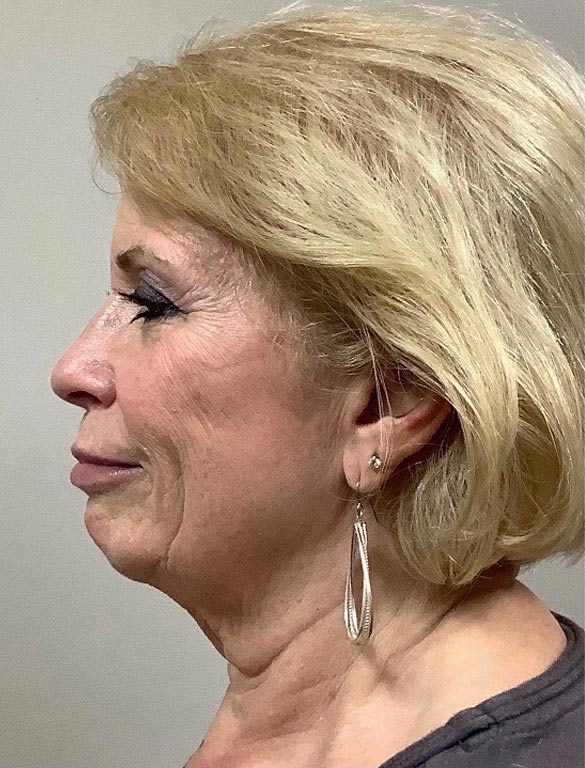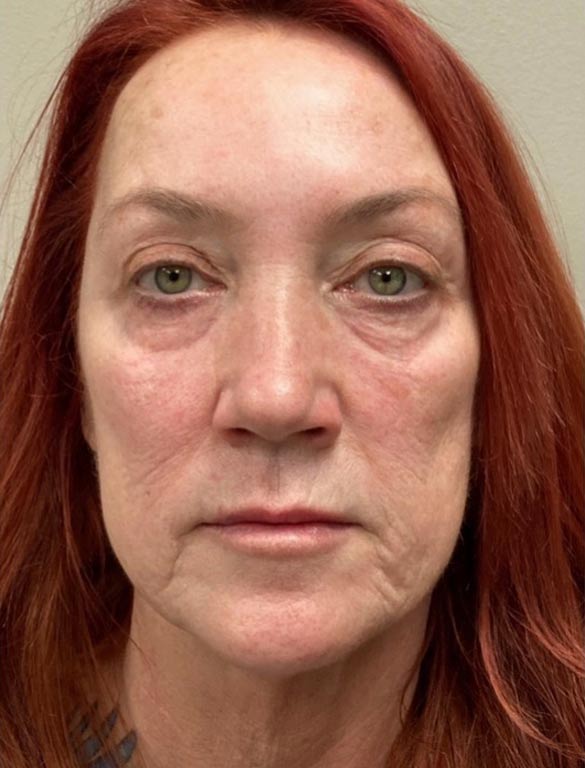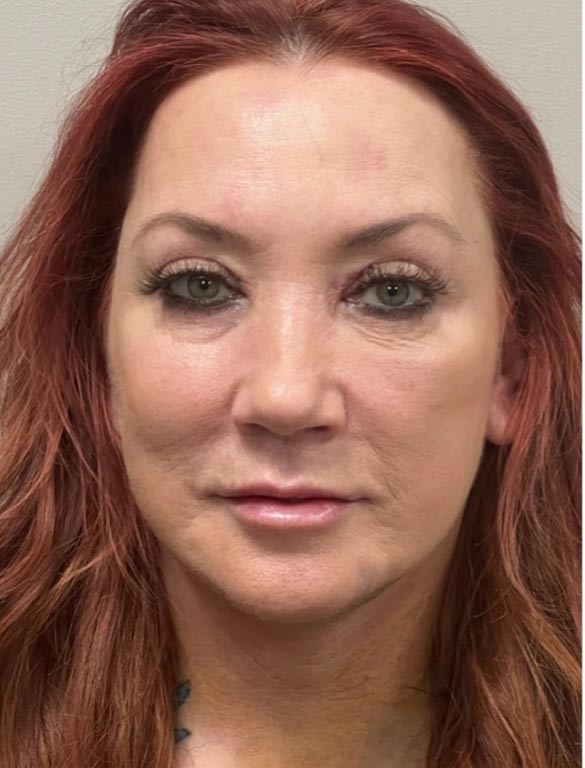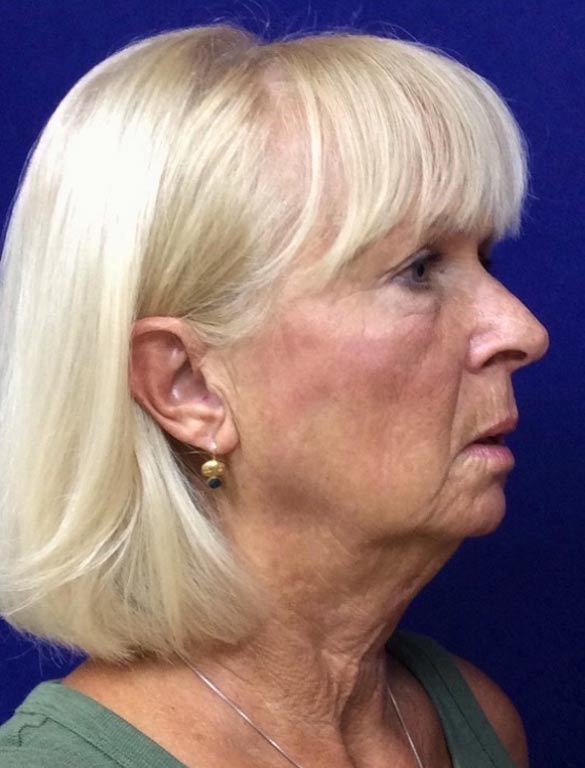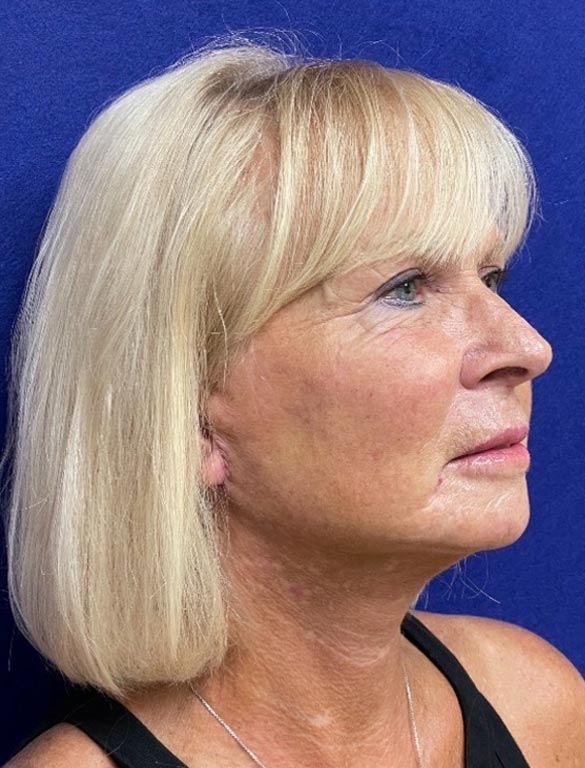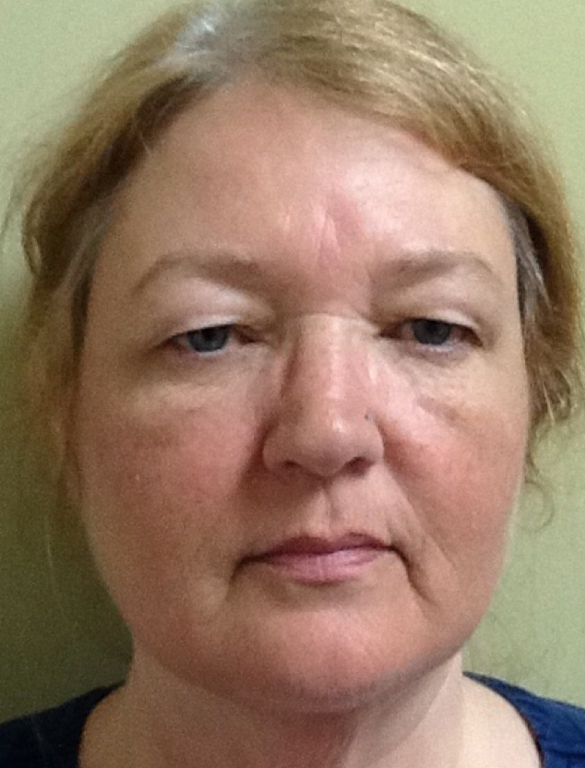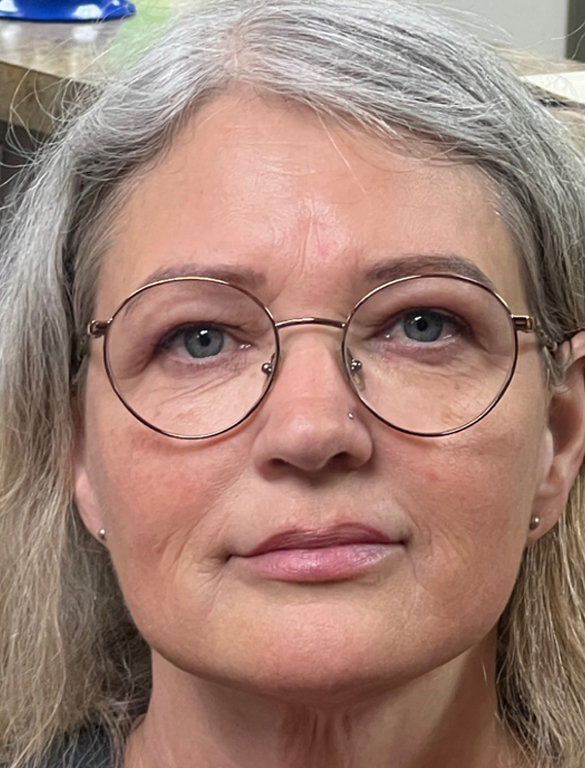While a mole was once considered nothing more than a nuisance, today most people know the importance of having them checked out by a physician, especially if they are irregular or change in any way. The problem isn’t what people know, however, it’s what they don’t know, and when it comes to any skin condition, ignorance can be problematic and even dangerous. We have compiled this top 5 list to help educate you on your moles.
What Is a Mole?
Moles are technically a cluster of skin cells called melanocytes that grow in one place instead of spreading normally throughout the body. They tend to darken as you age, expose them to the sun, or when you are pregnant. There are two types of moles: congenital nevi, which appear at birth and also tend to be the type that can be cancerous, and dysplastic nevi, which are larger, irregularly shaped and colored, and also have a tendency towards melanoma. Both types should be monitored, and if you have more than ten of the dysplastic nevi on your body, your chance of developing melanoma rises exponentially.
The ABCDE’s of Moles and Melanoma
• A is for asymmetry – The mole is not even on both sides.
• B is for Borders – The edges of the mole in question are blurred or irregular.
• C is for color – The mole is not one color, but a mix of colors ranging from tan to black.
• D is for diameter – The mole is larger than a pencil eraser.
• E is for evolution – The mole has changed in color or size.
If any of these are true about your mole, you should immediately seek a physician’s opinion.
The Skin & Vein Center
Schedule a consultation with the Skin & Vein Center today and let’s discuss the moles on your body and what could be your best options for removing them. Moles can lead to melanoma, and we have your best interests at heart!

